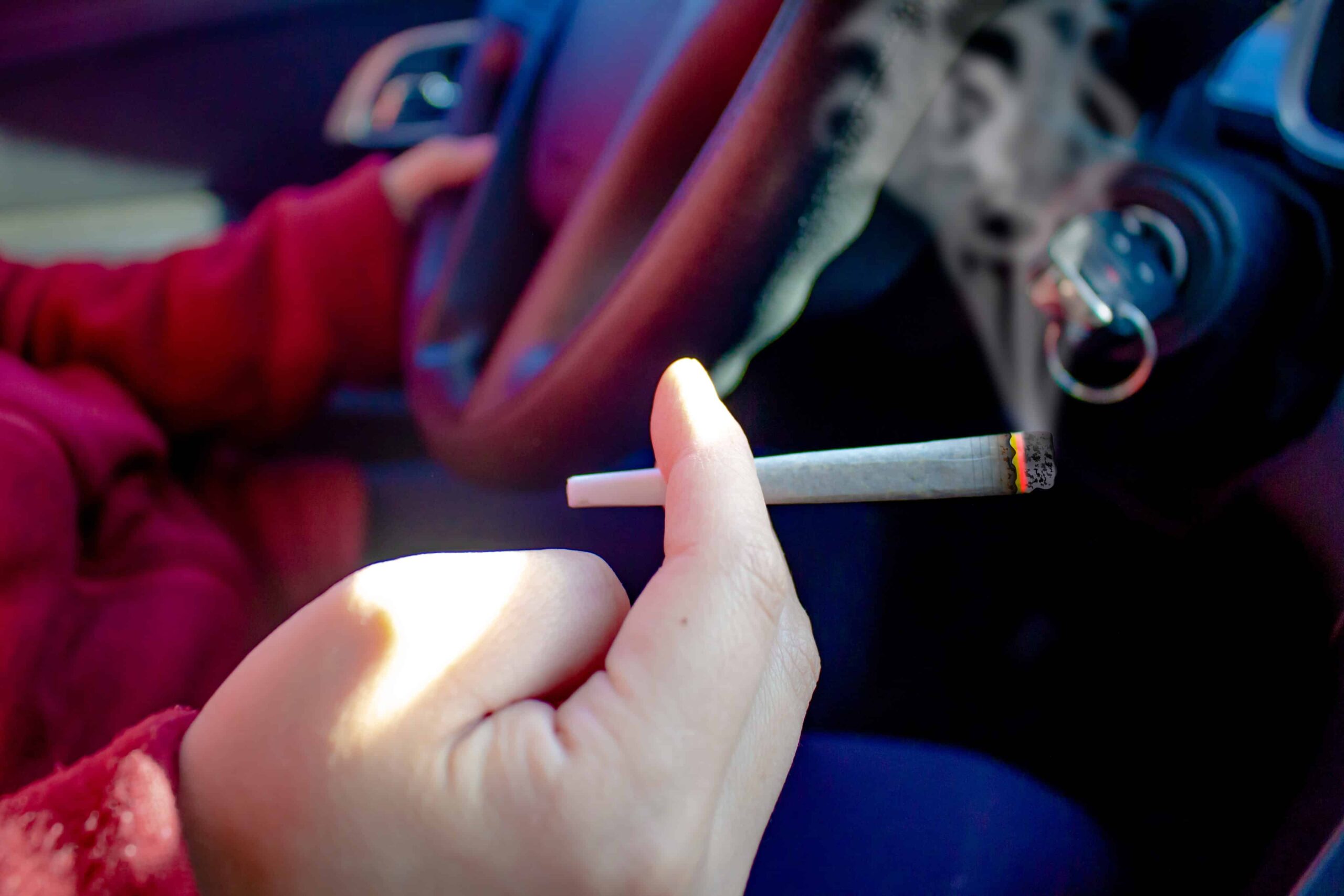
New report recommends tips for successful driving campaigns for people with limited cannabis use
The Governors Highway Safety Association (GHSA) on July 26 commissioned a report on cannabis and driving awareness campaigns. The GHSA has partnered with the National Alliance to Stop Impaired Driving to create a manual written specifically for the State Highway Safety Offices (SHSO).
Governors Highway Safety Association Executive Director Jonathan Adkins explained the need for a guidebook that is up to date on cannabis legalization, mainstream consumer acceptance of cannabis and more. “As legal cannabis use becomes more widespread in the United States, drivers need to understand the dangers of drinking and driving,” Adkins said. “But that message won’t be heard if it’s outdated, irrelevant or offensive to cannabis users. This new report offers a playbook to help states develop messages that resonate with cannabis users, urging them to refrain from driving for their own safety and the safety of everyone else on the road.”
The report, titled “Cannabis Consumers and Safe Driving: Responsible Use Messaging,” draws on a variety of surveys and interviews, and expands on an unpublished 2021 Cannabis Regulators Association whitepaper with “additional strategies and recommendations on promising practices that improve safety.” can increase partnerships and increase the effectiveness of outreach and education about cannabis use and driving.”
The report states that before the pandemic, about 21% of drivers involved in fatal vehicle accidents had THC in their systems. During the pandemic, that percentage rose to 33% (and for comparison, the percentage of people with alcohol in their system was only 29%). In a survey conducted by the AAA Foundation for the Traffic Safety Culture Index, motorists view alcohol and cannabis impairment differently. When asked about driving under the influence of alcohol, 95% of respondents thought it was “very or extremely dangerous”. When asked the same question about cannabis, only 69% gave the same answer.
The GHSA report writes that education is key to promoting safe driving and enforcement. It reviewed awareness campaigns conducted in Colorado and Washington, the first states to legalize cannabis. It also addressed current educational efforts that are learning from these past campaigns, such as: For example, Connecticut’s “plain, non-judgmental” messages promoted on social media channels, radio, television, billboards, bus billboards, and printed materials. While cannabis became legal in Connecticut on July 1, 2021, retail sales will not begin until later this year. But the report also examines an awareness campaign in Wyoming, where cannabis is currently illegal.
After reviewing the content, the report addresses “promising practices” that the authors see as useful for developing awareness campaigns, such as:
More specifically, the report’s five key recommendations examine campaign success through the examples presented.
First, it recommends that funding come from cannabis sales tax revenue, in cooperation with local legislators. Second, it is strongly encouraged to work with a variety of cannabis groups to achieve the common goal of consumer safety. “Working together, joint awareness campaigns can reflect the desires of all partners to ensure the safety of cannabis users,” the report stated.
Third, the report also explained the importance of campaign messengers. Government leaders and institutions are “generally not good choices,” so it’s important to choose respectable individuals who are part of the cannabis community to get the point across. The specific words chosen for a campaign can also contribute to its success and maintain its credibility, e.g. B. avoiding archaic terms like weed or weed, or using “consumer” instead of “user”.
Finally, the report states that a campaign message should be chosen with care and respect. “Offending or condemning the target audience rarely improves the reception of the message and turns people off, resulting in the message being lost. Not driving after using cannabis should be the focus of information campaigns, not the use of cannabis itself,” the report states. “Messaging that addresses the risks versus rewards of driving after cannabis use can be effective among target audiences, which tend to be young and male. Because it is not clear what responsible cannabis use really is or looks like, appeals to moral sensibility — normative choices that count as “good” or “right” — can have a greater impact on behavior change than the usual “just don’t do it “. do it messaging.”

Post a comment: